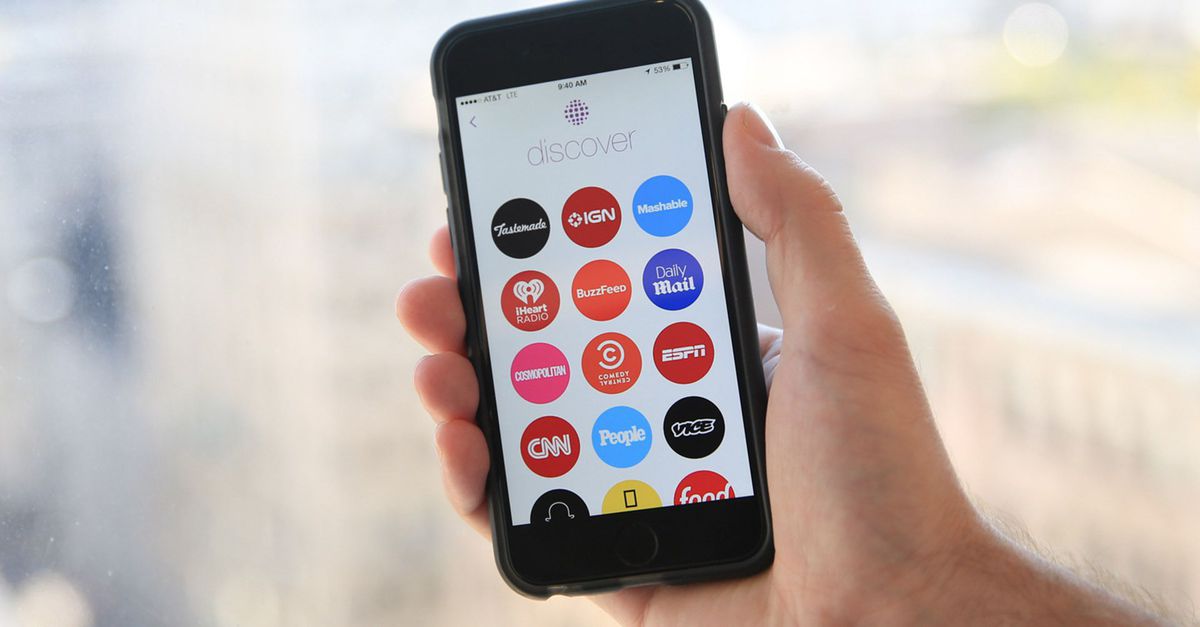
In the wake of the 2016 presidential election, typically teen-targeted media sources have turned to discussing more sophisticated, politically relevant issues.
Some news sources have capitalized on this political tumultuous time to push political news out to their teen readership, as there’s greater need for the next generation to be educated on world news. Conversely, other media sources have failed to demonstrate the value in mature news, and have dumbed down their news coverage to make it more easily comprehensible for teens.
One example of social media platforms leveraging their resources to push news out to its users is Snapchat. Snapchat caters predominantly to users between the ages of 13 and 24, Millennials and members of Generation Z.
Although Snapchat is primarily a messaging app, 44% of its 150 million daily users view the app’s “Discovery” feature as a source of news. This feature sponsors websites and news sources and allows them to publish daily, short articles or activities. However, BuzzFeed, followed by Comedy Central are the two most viewed Discovery pages, whereas The Wall Street Journal is only used by 3% of Snapchat’s users. Other Discovery pages include People, Cosmopolitan, Daily Mail, and MTV, sources that tend to be attributed as tabloids. Because of the sheer magnitude of people that use social media, these platforms have the power to shape teens’ perspectives on the world based on the reporting they provide. It’s unfortunate that Snapchat has failed to provide substantial, reliable new content.
Many people don’t want to wait for the 24 hours news cycle to get updated information when they can instead get their news directly from Snapchat’s Live Stories feature, or from their friends who are posting about it live. With the readily available news on social media, teens and young adults are turning away from more established news sources.
It seems that the news that’s marketed towards teens, and subsequently most appealing to teens, has an emphasis on convenience and accessibility, rather than substance. On March 15th, Snapchat’s CNN feature and The New York Times had drastically different headlines. CNN’s Snapchat Discovery page was headlined by “This bill would fine you for masturbating.” Meanwhile, The New York Times’ headline about Trump’s new healthcare bill that’s in the process of being passed was: “One Certainty in Health Bill: Tax Cuts for the Wealthy.” While these headlines are about the same current event, there’s a stark contrast between their messages. CNN’s headline is evidently altered to grab the attention of millennial Snapchat users, whereas the New York Times’ headline attracts a more mature and sophisticated audience as CNN is not as provocative in its headlines.
In contrast to Snapchat, Teen Vogue is a successful example of a typical millennial targeted magazine that has shifted their focus to informing their audience about politics since the election. More teens have begun to look towards this media outlet as a source of news, as their readership rose 208% in the past 18 months, as reported in by The Atlantic on December 12, 2016.

On Saturday, December 17, 2016, a few weeks after the presidential election, Teen Vogue published an op-ed titled “Donald Trump Is Gaslighting America.” The article argues that Trump won the presidency by manipulating America and that his insanity proved to be radical enough to gain enough traction to win the election. The piece was retweeted almost 30,000 times from Teen Vogue’s twitter account and is the number one most read article on the website, followed by an article entitled “How to Apply Glitter Nail Polish the Right Way.” It’s surprising that a media outlet that’s known for its makeup tutorials and fashion advice is now publishing political news. Teen Vogue’s website saw the highest amount of traffic in 2016 on November 9, 2016, the day after the election. The December 17 article hints towards a larger shift that Teen Vogue has been making over the past few years. The editors have shifted the magazine to focus more into covering issues related to politics, identity, feminism and activism. Other recent articles have included a piece discussing what it means to be a Muslim woman facing the Trump presidency, and why Mike Pence’s thoughts on LGBTQ+ and women’s rights should be alarming to readers. As teenagers have turned to social media and the internet for almost everything, Teen Vogue has transformed along with the greater online push. Teens are more interested and have the opportunity to take more initiative in reading news, and Teen Vogue has decided to capitalize on this increased interest.
By examining the patterns of news reporting, specifically geared towards teens, the questions arise: as media becomes more and more digitally based, how do we ensure that it maintains its integrity? What responsibility do media platforms have in educating young adults to be prepared to navigate the world they’ll soon inherit? How do we educate teens towards pushing back against what’s easily accessible to find accurate, meaningful news?






